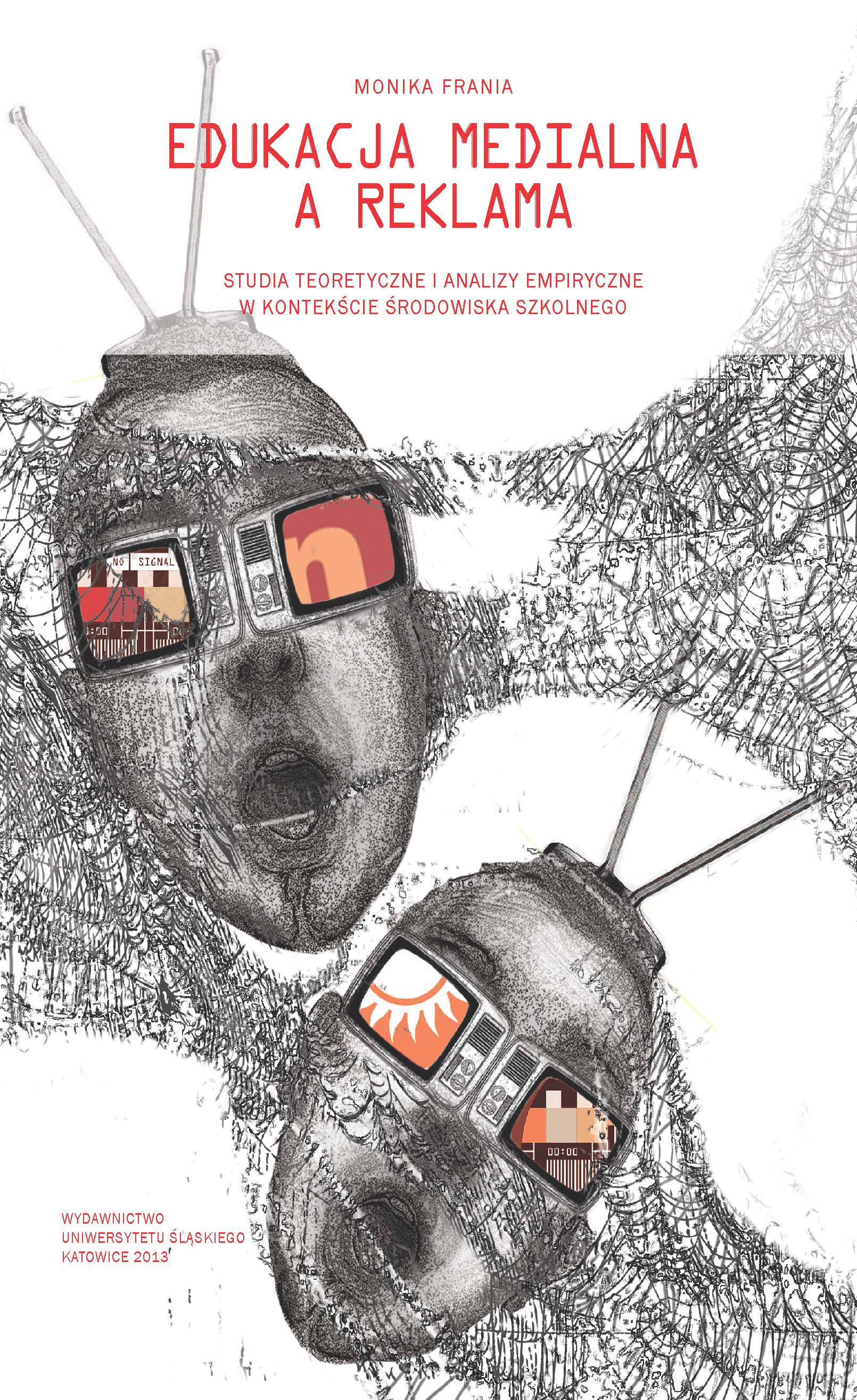Edukacja medialna a reklama. Studia teoretyczne i analizy empiryczne w kontekście środowiska szkolnego
Media education and commercials. Theoretical studies and empirical analyses in the context of the school environment
Author(s): Monika Frania
Subject(s): Social Sciences, Pedagogy
Published by: Wydawnictwo Uniwersytetu Śląskiego
Keywords: school environment
Summary/Abstract: The subject‑matter discussed in this publication refers to important up‑to‑date issuesand phenomena taking place in the school reality surrounding us. The author’s own studies,the results of which were presented, can be inscribed into one of the thematic trendsof developing media pedagogy. Research explorations under investigation were related toestablishing the relationship between the media education workshops and reception aswell as knowledge on persuasive techniques used in commercials. Workshops for students,conducted in accordance with the author’s idea, concentrated on a broadly‑understoodphenomenon of the media, including commercials, too. A definition of the commercialreception was taken after J. Chrapek, basing on three parameters: frequency, preferencesand acceptation.The first chapter presents notions, functions and types of commercials. A referencewas made to selected models and conceptions of the influence of commercials on humanbeings. In summary, the specificity of a TV commercial, both in the theoretical dimension,and on the basis of findings from the empirical studies, were specified. The next chaptertouches upon the problem of the role of the media in human’s life according to selectedtheories. Television that has currently become the educational space for children andteenagers, with its advantages and disadvantages was characterized accordingly. The thirdchapter concentrates on the media education perceived as a challenge of the informationsociety. Further subchapters present selected notions, such as media education – educatingfor the media, media alphabetization with reference to the school and outside‑schoolenvironment, its subject, aims and tasks. Next, the analysis of the curriculum concerningthe educational path was made. The main changes related to the media education the curriculumreform brought were presented, as well as theoretical bases one should use whenplanning a didactic process were briefly elaborated on. Chapter four is a description ofsolutions and concrete project concerning the media alphabetization in the countries ofthe European Union and worldwide. The most important didactic aspects in the contextof the media education, from the perspective of the issues dealt with, were shown inchapter five.Presentation and analysis of the results gained in the course of the research conductedwere presented in three chapters. The results obtained during a pre‑testand post‑testwithin the pedagogical experiment according to the Solomon’s group plan within thecommercial reception in general constitute the main part of chapter six. Also, the attemptwas made to categorize the commercial audience. The experimental factor in the studies inquestion was the media education workshop, conducted in two Silesian grammar schoolsfor the period of one semester. Chapter seven presents the experimental commercial blockand the results received during the initial and final research, concerning the reception ofparticular commercial TV spots, also within the awareness of persuasive techniques usedin them. Chapter eight constitutes presentation of opinions of headmasters and studentsfrom schools in the Silesian voivodeship, as well as students preparing for the teacher orpedagogue profession on the school media education; needs, possibilities, limitations andsignificance. Explicating the results obtained, the tools of the statistic analysis were used,which allowed for finding certain correlations in the phenomena researched.The very studies showed the need of the media education in schools. Conclusionsare combined with a critical evaluation of educational influences directed at modificationof the reception of commercial messages among the grammar school youth. Despitecertain limitations, the studies can be inscribed into the attempts at working out theoreticalbases within the scope of the analysis of the influence of the media content, andcan become an inspiration for further academic explorations. They can also serve as theintroduction into an innovative practical pedagogical activity. Also, conclusions comingfrom the studies in question among headmasters of the Silesian schools and future pedagogues,can constitute a reference to designed practical solutions concerning educationalinstitutions.
- E-ISBN-13: 978-83-8012-216-1
- Print-ISBN-13: 978-83-226-2194-3
- Page Count: 198
- Publication Year: 2013
- Language: Polish
- eBook-PDF
- Table of Content
- Introduction

